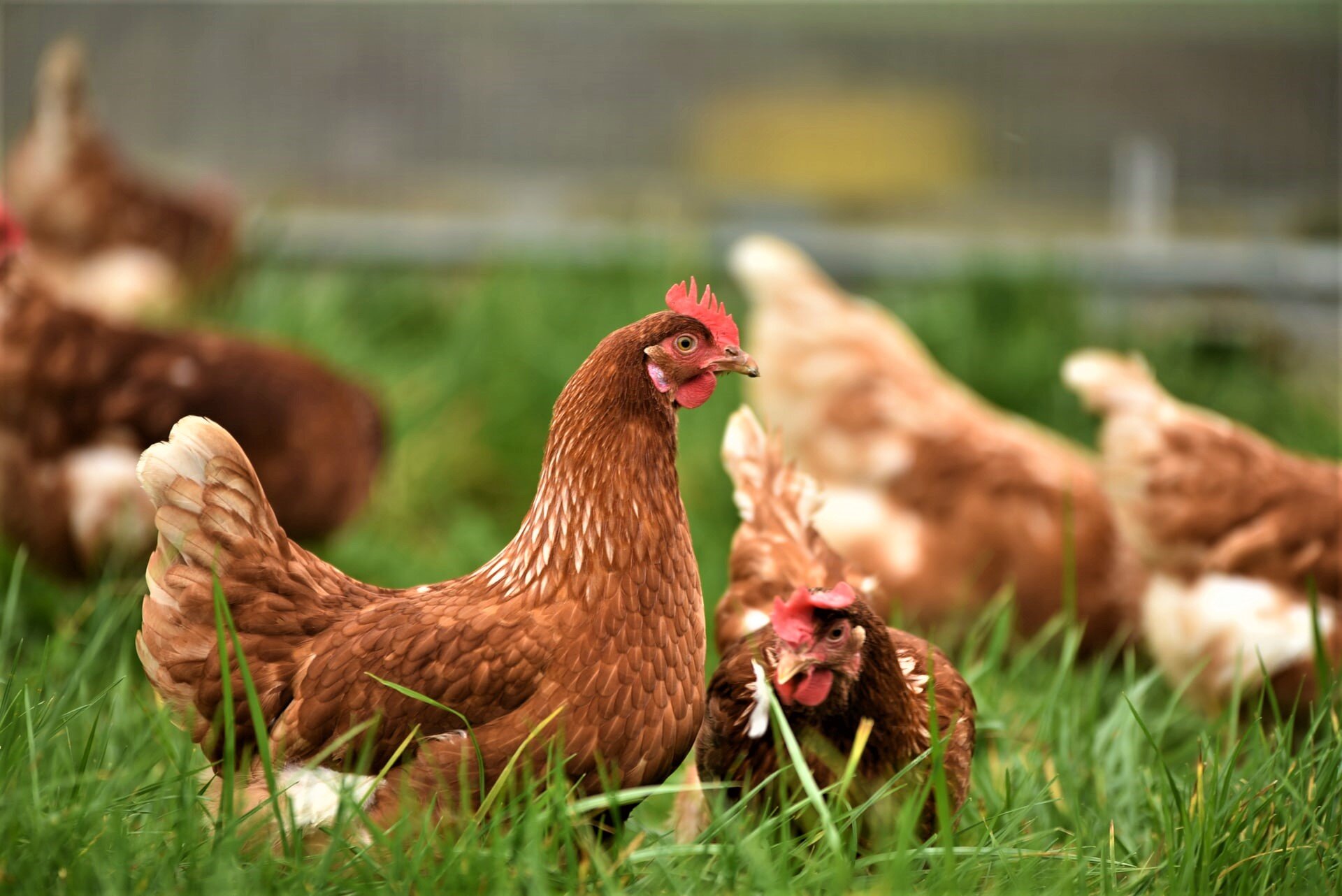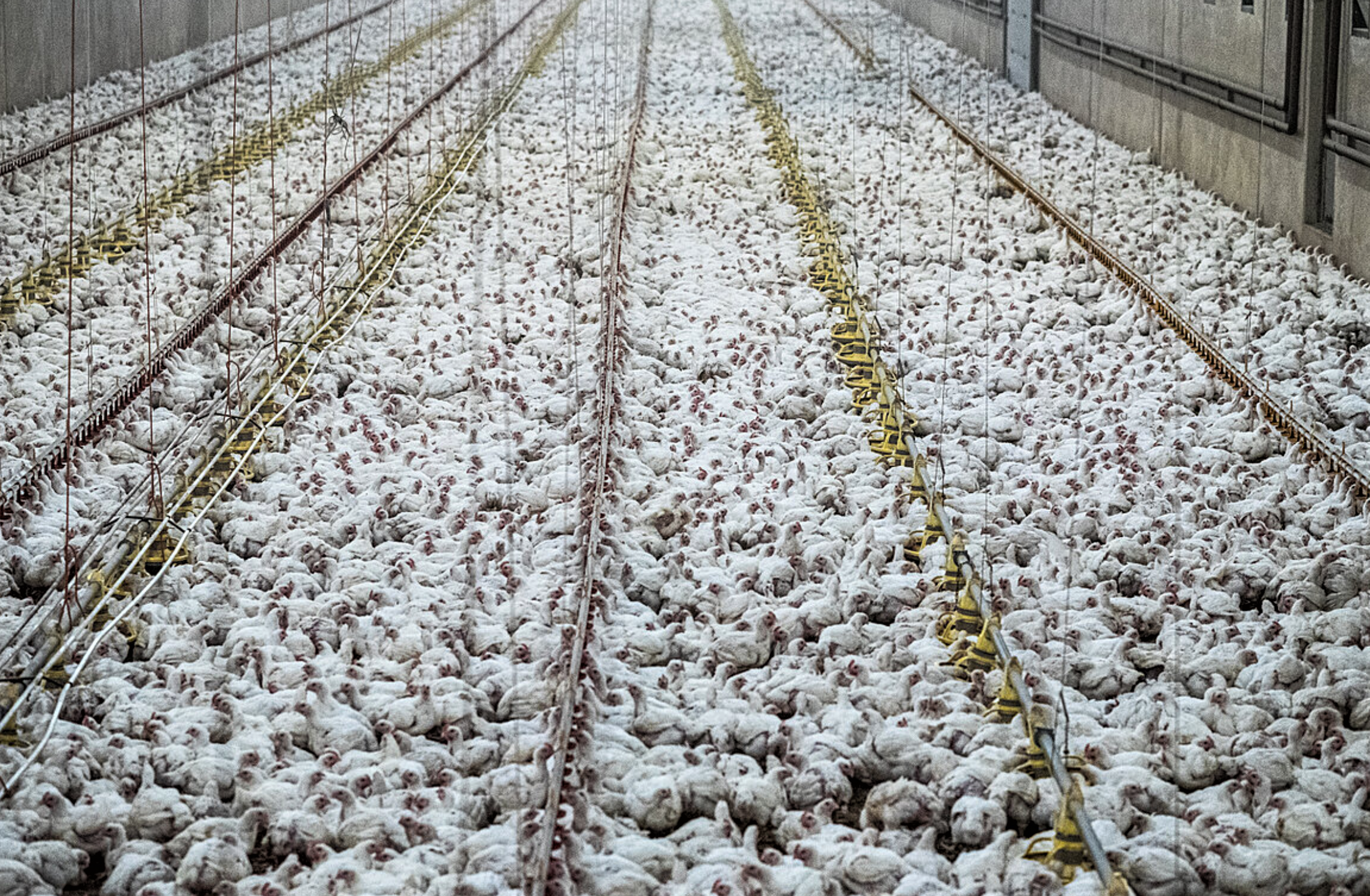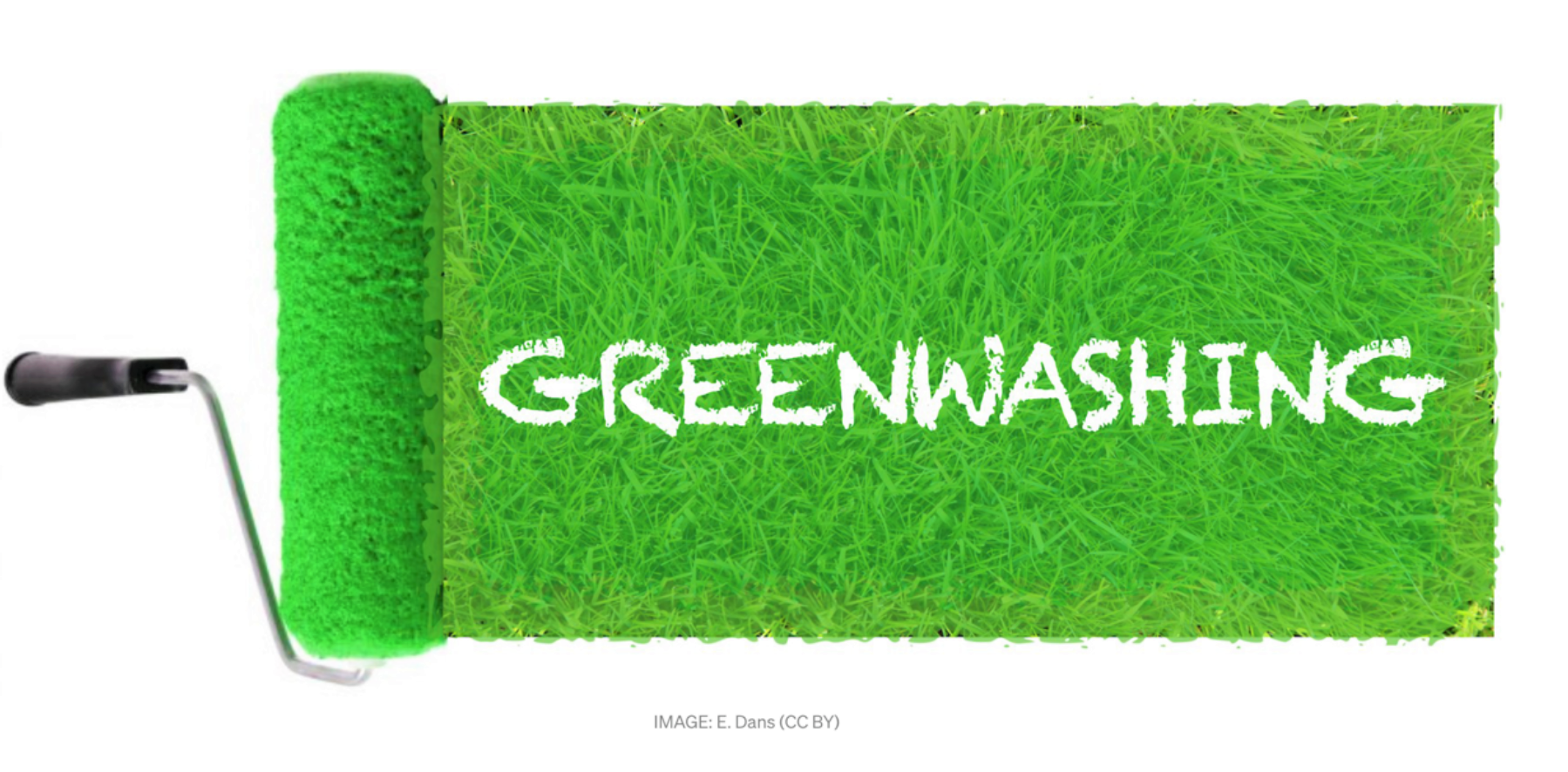Which photo do you think shows organic/free range chicken farming? The answer is: Both!
Photos: Thomas Iversen on Unsplash (l); Juho Kerala/Hidden/We Animals Media (r)
By Jessica Scott-Reid
Jessica is a Canadian writer, animal advocate and plant-based food expert. Her work appears regularly in media across Canada and the US.
In recent years, demand for meat, dairy and egg products that come from animals who consumers believe are treated more humanely than animals raised on factory farms, has increased. Similarly, demand for animal products farmed in ways that appear more environmentally friendly and sustainable, has also grown. It is no longer one of the world’s best kept secrets that industrialized animal farming comes with major animal welfare and climate change concerns. Thus, many consumers are now looking to certain food labels to assure them that what they are buying – and often spending more money on — offers more ethical and environmental value.
But, with marketing and labelling terms such as “humanely raised” and “sustainably farmed” often unregulated, and in some cases used deceptively by industrial producers, consumers can be left confused or, worse, duped. Thankfully, a number of animal and environmental advocacy organizations, academic institutions and publications have come to the rescue with food labelling guides to help decipher which marketing terms mean what they imply, and which are conning caring consumers.
US
In the US, consumers are overwhelmed with choices when it comes to seemingly humane or sustainable animal products. The barrage of labels claiming items are “free range,” “organic,” “CARE certified” or “grass-fed” can make it nearly impossible to figure out which terms, if any, mean anything meaningful for animals or the planet.
The Animal Welfare Institute has taken up this tricky task for consumers, creating a quick-check guide to weed through what many labels, certification programs and terms mean (or don’t mean), with added colour coding to identify the best and worst choices. FoodPrint has created a similar guide regarding common environmental labels. And for an even more in-depth look at terms used specifically to humane-wash meat, dairy and egg products, advocacy group Farm Forward created a report entitled The Dirt on Humanewashing.
Staff and students at Vermont Law School have also made an online tool called Labels Unwrapped, which provides broader education on food labels and the laws behind them, including information on animal product labels, produce labels, supplements and more. Finally, for an easy breakdown and great read, writer Rachel Krantz for VOX authored: “Wild-caught,” “organic,” “grass-fed”: what do all these animal welfare labels actually mean? which also discusses fish labeling.
Canada
Though Canada has fewer labels and certification programs pertaining to animal products than the US, buzzwords known to evoke unwarranted compassion, such as “cage free” and “natural,” are still found in most meat, dairy and egg aisles. To assist the consumer in casting a critical eye over these claims, Canadian animal law organization Animal Justice, provides on its site a list of common meat, dairy and egg labelling terms, and what they mean.
And for discussion on Canada’s Roundtable on Sustainable Beef, a label now gracing beef products sold at Canadian Walmarts, Corporate Knights Magazine offers a well-balanced take in Is ‘sustainable beef’ a load of bull?
UK/ EU
In the UK, animal welfare organization Compassion in World Farming discusses some of those common meat, dairy and egg label claims, along with certification programs unique to the region, such as Soil Association Standard, RSPCA Assured, and Red Tractor. The BBC also has a helpful list of pros and cons regarding certain food labels, which also includes Rainforest Alliance and Marine Stewardship Council.
In the EU, Eurogroup For Animals published a report last year on the various meat, dairy and egg labelling schemes across EU countries. The report also discusses growing demand for label transparency, and makes a case for the mandatory implementation of what it calls Method of Production + labelling, “that would combine method-of-production marking with simple information on animal welfare, based on a core set of animal welfare indicators.”
Marketing and labelling of meat, dairy and egg products has become a complex and somewhat volatile endeavour across the Western world. A growing number of consumers are eager to spend a little more money to feel a little less guilty about the impact of their purchases, and the meat, egg and dairy industries are ready to make claims that will ease consumers’ consciences.
Decoding which animal welfare and environmental claims are truthful, audited, and genuinely beneficial is a difficult task. And even those deemed best can only ever tell a story of products that may be a little less harmful than the standard. Animal farming is inherently cruel and always ecologically damaging, albeit to varying degrees. To truly reduce harm upon animals and the planet, opting for plant-based alternatives and proteins will always be a better bet.
Sign up below for our newsletter — delivered to your inbox every month — to share insightful stories on how to have a positive impact on life on our planet.



